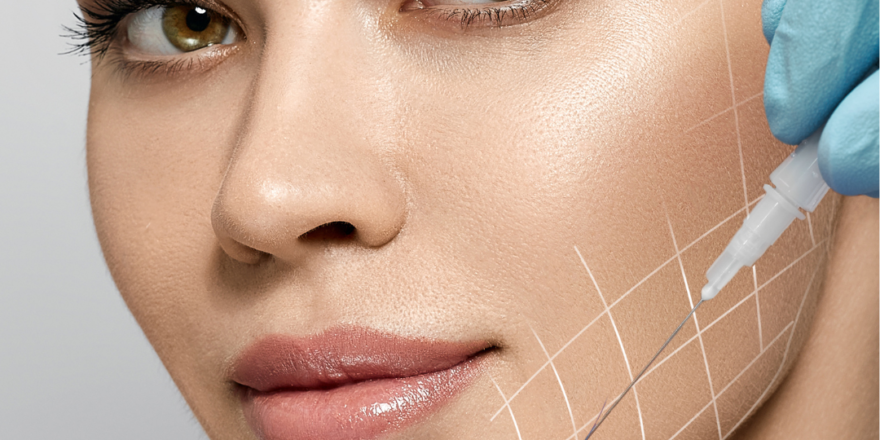Rhinoplasty, commonly referred to as a “nose job,” is a popular procedure for individuals seeking to change the shape, size, or overall appearance of their nose. In recent years, both surgical and non-surgical methods have emerged, offering patients a broader spectrum of options. Let’s explore the intricacies of both approaches and understand their potential benefits and limitations.
1. Surgical Rhinoplasty
What is it?
Surgical rhinoplasty is a procedure where incisions are made to access the bones and cartilage that support the nose. These structures can then be resized or reshaped to achieve the desired outcome.
Procedure Overview:
- Typically performed under general anesthesia.
- Open rhinoplasty involves a small incision on the columella (skin between the nostrils), allowing for greater visibility and precision.
- Closed rhinoplasty uses incisions inside the nostrils, resulting in no visible scars.
- Recovery can take several weeks, with initial swelling and bruising.
Pros:
- Can address more complex structural issues.
- Provides permanent results.
- Can improve breathing or correct a deviated septum.
Cons:
- Involves more downtime and recovery.
- Potential for complications, including infection or unfavorable scarring.
- More expensive than non-surgical options.
2. Non-Surgical Rhinoplasty
What is it?
Also known as “liquid rhinoplasty,” this involves using dermal fillers to temporarily adjust the shape, contour, or symmetry of the nose.
Procedure Overview:
- Typically uses hyaluronic acid fillers like Juvederm or Restylane.
- Procedure takes 15-30 minutes, with immediate results.
- Effects can last between 6 to 18 months, depending on the filler used.
- Minimal to no downtime.
Pros:
- Quick and relatively painless.
- No surgical risks like scarring or prolonged recovery.
- Temporary, offering flexibility for change or adjustments.
- Can be a “trial run” for those considering surgical rhinoplasty.
Cons:
- Limited in its ability to address major structural issues.
- Results are temporary, requiring maintenance.
- Potential for side effects like redness, swelling, or asymmetry.
Making the Right Choice
Consultation is Key: A consultation with a board-certified plastic surgeon or dermatologist is essential to evaluate suitability for either procedure and understand potential outcomes.
Personal Preferences and Goals: While some might appreciate the reversibility of non-surgical rhinoplasty, others might prioritize the permanence and structural changes possible with surgical intervention.
Both surgical and non-surgical rhinoplasty offer pathways to enhanced facial harmony and improved self-confidence. The choice between them hinges on individual goals, concerns, and the specific anatomical changes desired. By keeping informed and collaborating with experienced professionals, individuals can find the route that’s best tailored to their unique vision of beauty.

